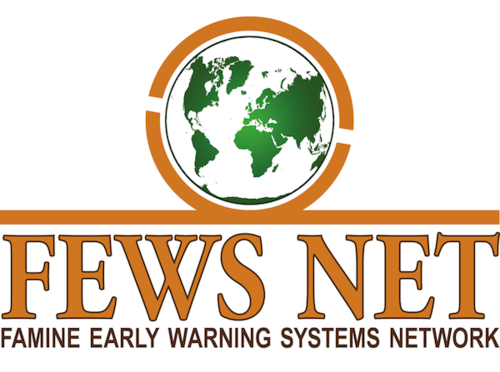
According to the Food Security Outlook Update of FEWS NET’s website for May 2015, it said that, "Conflict has escalated since late March 2015, including a partial import blockade and bombing by a Saudi-led coalition, and advances by Al Houthi forces. This has exacerbated already high levels of acute food insecurity".
The update said: "From May 12th to May 17th, a negotiated "humanitarian pause" in the conflict took place, with only partial adherence by the different parties involved. Although humanitarian assistance was delivered during this time, it was less than what had been planned due to continued conflict and insecurity. The World Food Program [WFP] reported that it was able to dispatch food for 420,000 people in Aden, Lahij, Abyan, Ad Dali, Shabwah, Hajjah and northern parts of Sa’dah during the "humanitarian pause", although it had planned to reach 738,000 people during this time".
"Fuel availability has improved somewhat since the 2nd week of May, but availability remains insufficient to meet demand" according to the update. "Diesel is widely used for the transport of food to markets and to extract groundwater for various uses, including for human consumption", it added.
The update warned that, "The ongoing conflict presents a rapidly changing environment for food and fuel availability and prices, as well as sources of income for poor households. Due to the continued impact of ongoing shocks, food security outcomes are likely to deteriorate over the coming months. Most areas of the country are expected to be in Crisis [IPC Phase 3], with the most affected areas reaching Emergency [IPC Phase 4] if current trends in prices and income sources continue".